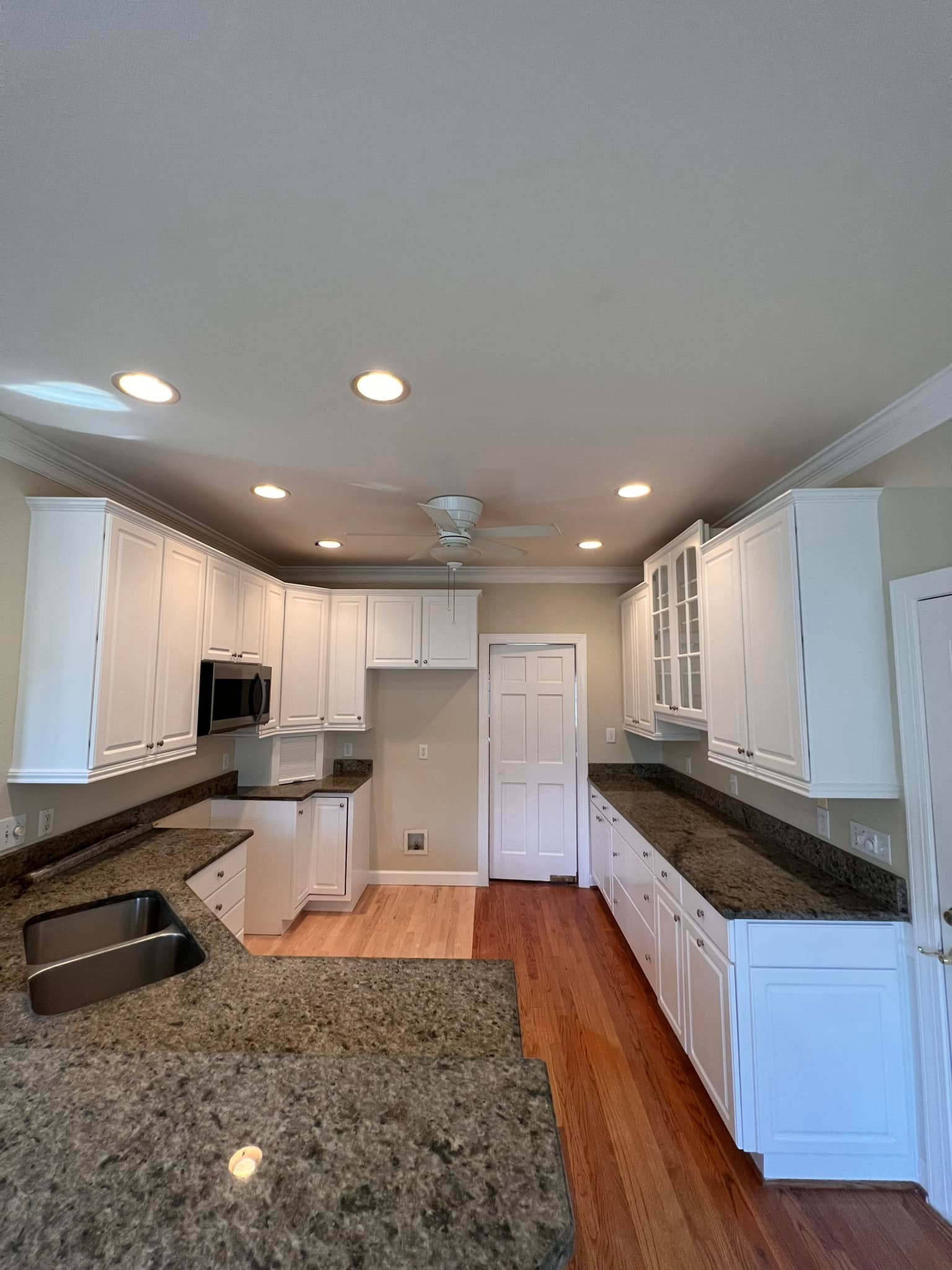
Sustainable Renovations: Eco-Friendly Approaches to Modern Home Design Oct 28, 2025
To embark on your green renovation journey, it's essential to start with an understanding of sustainable design principles. This includes selecting materials and methods that minimize waste and energy consumption. Opt for reclaimed wood, recycled metals, and sustainably sourced materials, which reduce the need for virgin resources and decrease environmental impact. Choosing eco-friendly materials also often means your home will be free from harmful chemicals, promoting a healthier indoor environment.
Energy efficiency is another critical element of sustainable renovations. Implementing smart home technologies can significantly reduce your home's overall energy consumption. Consider installing smart thermostats, which learn your schedule and adjust heating and cooling for peak efficiency. Additionally, energy-efficient appliances, including those with the Energy Star label, help conserve electricity and water, leading to lower utility bills.
Solar energy has emerged as a frontrunner in the realm of sustainable home energy. Solar panels convert sunlight into electricity, offering a clean energy source that reduces reliance on fossil fuels. Though the initial investment can be significant, government incentives and energy savings over time can make solar panels a financially viable option. Design Build Renovate can guide you through assessing your home's suitability for solar panels and executing the installation.
Water conservation is another pivotal aspect of eco-friendly renovations. Low-flow fixtures, such as faucets and showerheads, reduce water use without sacrificing performance. Additionally, modern dual-flush toilets use substantially less water than traditional designs. Rainwater harvesting systems can provide an irrigation source for your landscaping, offsetting reliance on municipal water supplies and reducing water bills.
When considering your home's insulation and windows, prioritize high-efficiency options. Proper insulation minimizes heat loss in winter and retains cool air in summer, reducing the need for heating and cooling. Similarly, double-glazed windows prevent energy loss and maintain indoor comfort, contributing to your home's energy efficiency.
Sustainable design also extends to the landscaping around your home. Consider xeriscaping, a form of landscaping that utilizes drought-resistant native plants to create a beautiful yet water-efficient garden. This approach reduces water consumption, supports local ecosystems, and requires less maintenance than traditional lawns.
Incorporating recycled or second-hand items in your renovation can also contribute to sustainability. Not only does this practice minimize waste, but it also adds unique character to your space. Thrift shops, salvage yards, and online marketplaces are excellent places to find authentic, durable pieces that fit your style.
As we consider the shift toward sustainable renovations, it is clear that modern home design can be both beautiful and eco-friendly. At Design Build Renovate, we're dedicated to helping you create a home that's as kind to the planet as it is to live in. By integrating these eco-friendly practices, you not only contribute to a healthier environment but also enjoy the benefits of a more cost-effective, comfortable home. In the end, sustainable renovations provide the perfect blend of aesthetic appeal and environmental stewardship, making them an ideal choice for the conscious homeowner.